13
THE UNIVERSE OF
GALAXIES
MICHAEL A. STRAUSS
A century ago, when Harlow Shapley was determining the dimensions of the Milky Way and our place in it, astronomers’ consensus understanding of the extent of the universe was the Milky Way itself. Indeed, when Shapley demonstrated that the Milky Way had an extent of tens of thousands of light-years, he was convinced that this enormous number proved that he had, in effect, mapped the entire universe. However, astronomers had long been intrigued by the nebulae they saw in their telescopes; while a star appears as a point of light through a telescope, nebulae are extended and often fuzzy looking. We have already encountered a variety of nebulae in this book, including planetary nebulae, which result when red giants throw off their outer layers; the Orion Nebula, a region of intense star formation in which the surrounding gas fluoresces due to light from hot young stars; and even dark nebulae, the dust clouds that block the light from background stars. However, there is another class, called spiral nebulae because of their shape, whose members closely resemble the Milky Way as we now understand it. The Milky Way is fuzzy looking itself. However, the spiral structure of the Milky Way disk was certainly not known 100 years ago, because, living in the disk itself, we didn’t have a good understanding of its three-dimensional structure, making it harder to detect its resemblance to that larger class of objects. Remember that we have no depth perception in an astronomical image; we cannot tell a priori by looking at a particular nebula whether it is an intrinsically small object at a distance, of say, a few hundred light-years, or a truly enormous structure millions of light-years away. Figure 13.1 shows a typical spiral nebula, M101, seen face-on. You can clearly see its spiral arms—like a pinwheel—so astronomers just call it the Pinwheel galaxy.
The physical nature, distance, and size of the spiral nebulae were among the most important questions facing astronomers in the first decade of the twentieth century. The German philosopher Immanuel Kant had speculated as early as 1755 that the spiral nebulae were other “island universes,” that is, objects as large as the entire known universe, the Milky Way. Given Shapley’s determination of the extent of the Milky Way and the small apparent angular size of spiral nebulae, if that was true, this meant that they must be astonishingly distant, millions or tens of millions of light-years away.
Shapley himself found this notion to be completely implausible, and in 1920, took part in a public debate with astronomer Heber Curtis of Lick Observatory in California on the nature of the spiral nebulae. Curtis was convinced that the hypothesis that the spiral nebula were galaxies like the Milky Way was correct, while Shapley said that the implied distances of the spiral nebulae were far too large to be believable. As is often true in science, controversies such as these only get settled with the advent of new and better data, and the debate itself was inconclusive. The astronomer who made the observations that settled the question once and for all was Edwin Hubble, of Mount Wilson Observatories in California. He used variable stars (a technique discussed in chapter 12) to determine the distance to the Andromeda nebula, the brightest spiral nebula in the sky (figure 13.2).
The Andromeda nebula is visible to the naked eye under ideal conditions (a clear, moonless night away from city lights), and indeed it was known to the ancients.
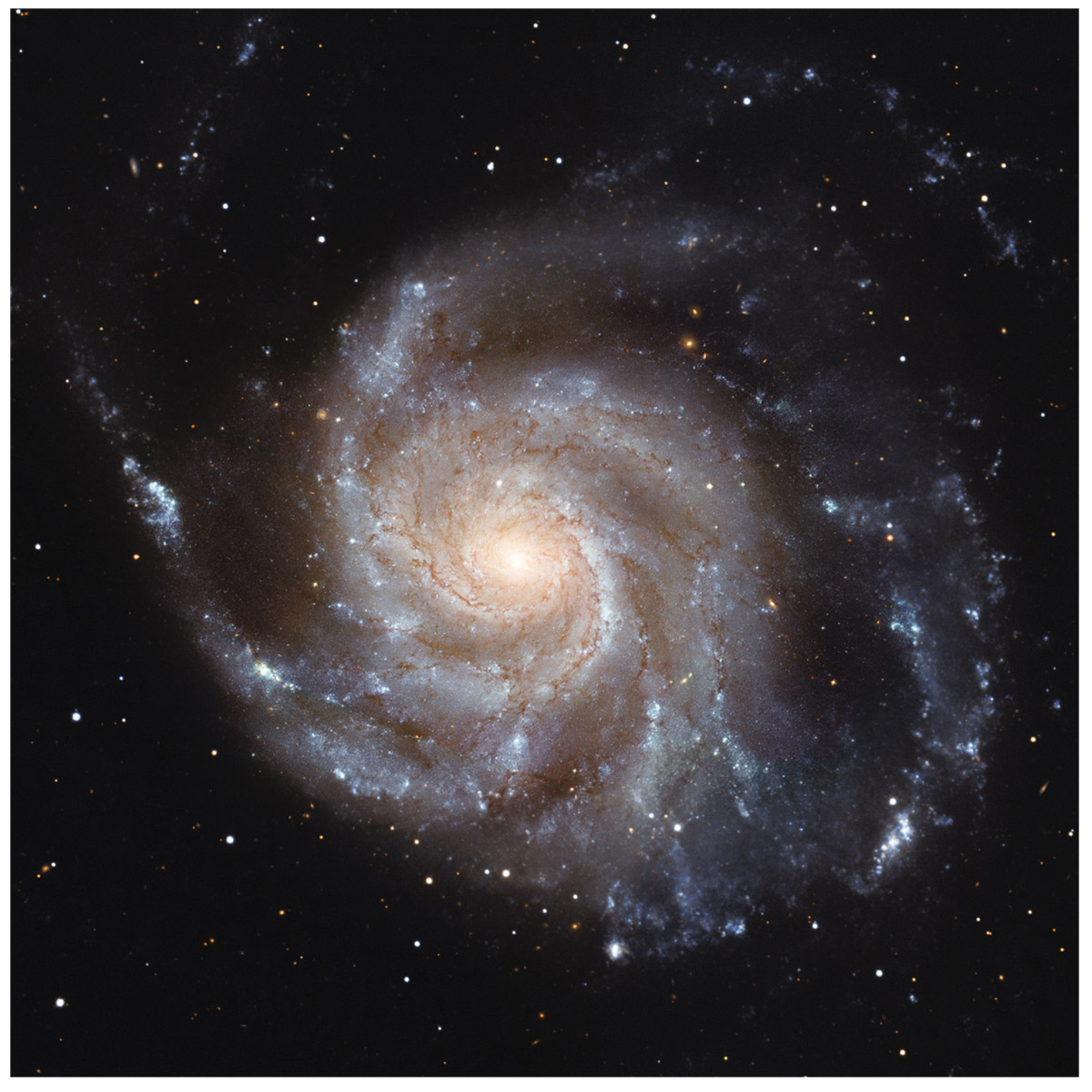
FIGURE 13.1. M101, the Pinwheel galaxy. Photo credit: NASA/HST
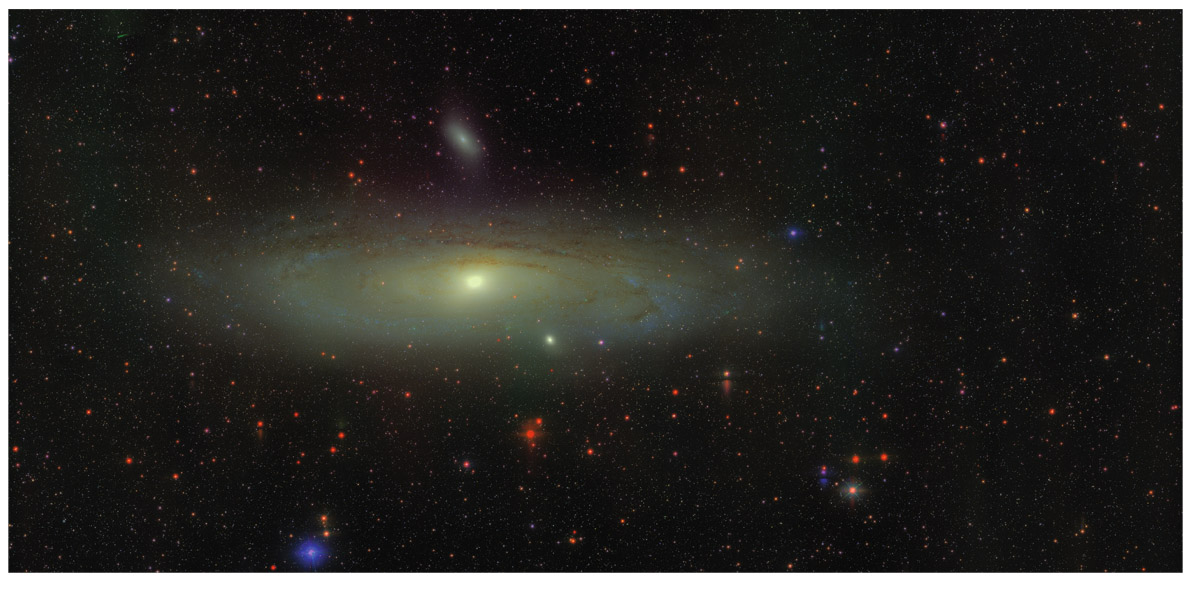
FIGURE 13.2. Andromeda galaxy from the Sloan Digital Sky Survey. The Andromeda galaxy is a spiral seen almost edge on, accompanied by two small elliptical satellite galaxies (M32 below, NGC205 above).
Photo credit: Sloan Digital Sky Survey and Doug Finkbeiner
Mount Wilson Observatory, which sits in the San Gabriel Mountains overlooking the Los Angeles basin, had the largest telescope in the world at the time; its primary mirror is 100 inches (2.5 meters) in diameter. When Hubble took pictures of the Andromeda nebula with this telescope, he found that its diffuse light resolved into individual stars, just as Galileo had found when he pointed his primitive telescope at the Milky Way 300 years previously. That observation already told Hubble that Andromeda must be quite distant, but to get real numbers, he had more work to do. Based on repeated observations of the Andromeda nebula, Hubble was able to identify several stars that periodically brightened and dimmed, which he understood to be Cepheid variable stars. These are variable stars that are more luminous than RR Lyrae stars and have pulsation periods from days to months. In 1912, Henrietta Leavitt, who worked at Harvard (see chapter 7), found a relation between a Cepheid’s period of variability and its luminosity (figure 13.3). Hubble was able to measure their periods, use Leavitt’s relation to infer their luminosities, and, by measuring their brightness, find their distances. The conclusion was stunning: the Andromeda nebula lay at the then inconceivably large distance of almost a million light-years, putting it well beyond the known extent of the Milky Way.

FIGURE 13.3 Henrietta Leavitt, who discovered the relationship between the period and luminosity of Cepheid variable stars, key for measuring the distances to nearby galaxies. Photo credit: American Institute of Physics, Emilio Segrè Visual Archives
Images of the Andromeda nebula, out to its outer edges, showed an angular diameter of 2° on the sky. The circumference of a circle is 2π (a bit more than 6) times its radius. So a giant circle with a radius of a bit less than 1 million light-years will have a circumference of about 6 million light-years. Two degrees covers 1/180 of that complete 360° circle, from which Hubble could deduce that the diameter of the Andromeda galaxy must be about 6 million light-years/180, or about 30,000 light-years across. Hubble was therefore able to infer two compelling facts: (1) the Andromeda nebula is almost as large as the Milky Way itself, and (2) Andromeda lies well beyond the boundaries of the Milky Way.
Moreover, the sky was filled with other spiral nebulae, which appeared much smaller in angular size and fainter than Andromeda. If they were similar to the Andromeda nebula, they must be even farther away. This was a pivotal moment in the history of our understanding of the cosmos. Hubble had shown that the Andromeda nebula, and by extension, the other spiral nebulae, were roughly the same size as the entire Milky Way galaxy, and that they were situated at inconceivably large distances from us. Kant’s hypothesis that the spiral nebulae were “island universes,” as large as the Milky Way itself, was proven correct. The boundaries of the known universe had just taken a dramatic leap outward.
Two decades later, astronomers realized that there was more than one kind of Cepheid variable in the sky. When everything got straightened out, it turned out that Hubble had actually significantly underestimated the distance to the Andromeda nebula. Our modern estimate of its distance is 2.5 million light-years. Furthermore, modern photographs using digital cameras on telescopes (instead of film) show Andromeda’s outer fainter regions extending to a diameter of about 3° in the sky. With these larger values, we infer that the diameter of the Andromeda galaxy (and indeed, we now call it a galaxy, not a nebula) is about 130,000 light-years, somewhat larger than the Milky Way. Still, Hubble’s estimate was in the right ballpark, and his conclusion that Andromeda was another galaxy like the Milky Way was correct. Even a rough estimate was good enough to answer the big question posed by the Shapley–Curtis debate. Shapley was wrong and Curtis was right.
The Andromeda galaxy is only the nearest large galaxy. The images Hubble took with the telescopes at Mount Wilson Observatory showed that the sky was filled with galaxies. The Andromeda galaxy is indeed a spiral, but the spiral arms are indistinct and difficult to follow, partly because we are seeing the disk nearly edge on. But other galaxies have much more dramatic and coherent spiral arms.
Consider the Pinwheel galaxy shown earlier (see figure 13.1). We are seeing this galaxy nearly face-on, making the spiral arms clearly visible. It shows the same basic features as the Milky Way, including a central bulge (somewhat smaller than the Milky Way’s bulge) and three spiral arms radiating out from the center. The Pinwheel’s spiral arms are quite blue, a sign they include a significant number of hot, and therefore young, massive stars. This tells us that star formation is ongoing in the spiral arms, just as it is in the Milky Way. You can also see some thin dark “veins” along the spiral arms; these are dust clouds, which are confined to the disk and arms of the galaxy, as they are in the Milky Way. The central bulge is yellowish, indicating that the stars there are lower in temperature on average than those in the arms. The hot young stars seen in the arms are simply not present in the bulge. This is a general trend seen in most spiral galaxies, including the Milky Way and Andromeda: younger stars and active star formation are seen in the disk and arms; older stars are in the bulge.
Peppering the entire picture of the Pinwheel galaxy are many points of light. These stars are not part of the Pinwheel galaxy; at its distance (20 million light-years), individual stars would be much fainter than this. Rather, these are stars in our own Milky Way, at distances of perhaps a few thousand light-years, which show up along the line of sight. They are like raindrops on the windshield of your car. This reminds us again that when we look at the sky, we are seeing it as if projected onto two dimensions; with no depth perception, we do not know which objects are close by and which are far away. Indeed, some of the faint objects in the periphery of this figure are not stars but are themselves other galaxies in the background, at distances not of millions, but of billions, of light-years. The angular diameter of the Pinwheel galaxy is about half a degree on the sky; at a distance of 20 million light-years, its diameter is about 170,000 light-years, about twice the size of the Milky Way.
The galaxy in figure 13.4, called the Sombrero galaxy, has a huge bulge (much larger than that of the Milky Way), which completely dominates it and suggests the crown of a wide-brimmed hat. The galaxy is oriented such that the disk is seen almost edge-on, clearly showing how thin it is but obscuring the spiral structure. The edge-on view of this galaxy allows us to see the effects of dust, which lies in the plane of the disk and gives rise to the beautiful dark lanes in the disk (the “fringe” of the hat brim), exactly as we saw in our own Milky Way.
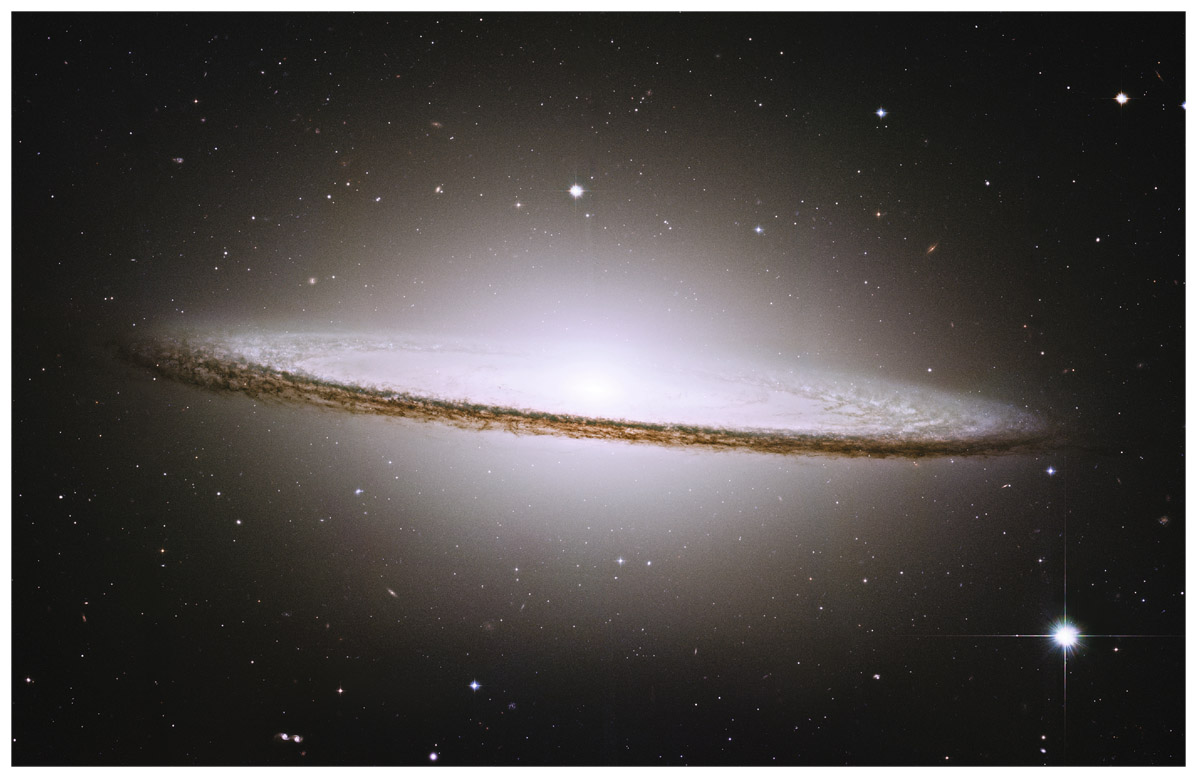
FIGURE 13.4. The Sombrero galaxy. The Sombrero galaxy is a spiral with a large bulge seen nearly edge-on.
Photo credit: NASA and the Hubble Heritage Team (AURA/STScI) Hubble Space Telescope, ACS STScI-03–28
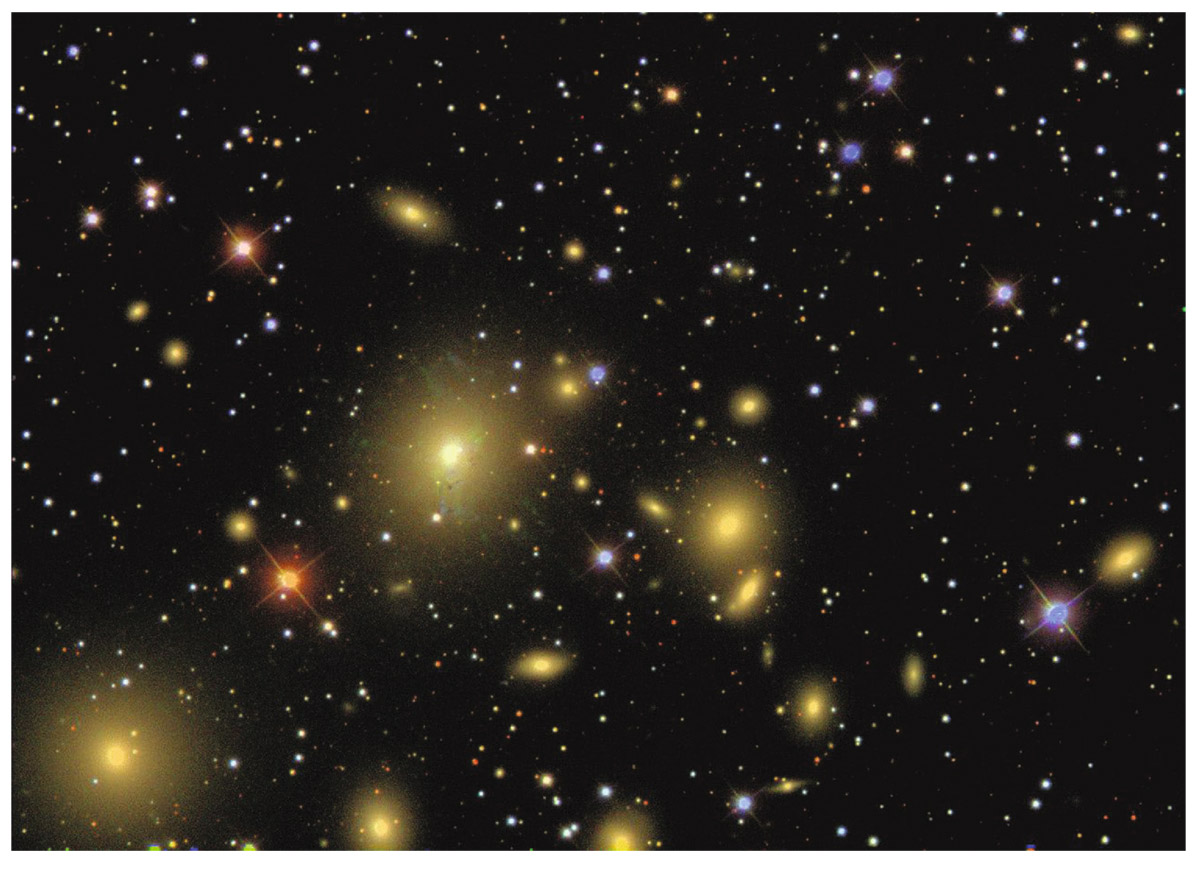
FIGURE 13.5. Center of the Perseus cluster of galaxies from the Sloan Digital Sky Survey.
Photo credit: Sloan Digital Sky Survey and Robert Lupton
Not all galaxies have a disk—some are pure bulge, dominated by old stars, with very little gas or dust. Hubble called these elliptical galaxies.
Figure 13.5 shows the Perseus cluster of galaxies, in which hundreds of elliptical galaxies congregate in a region of space about a million light-years across. Indeed, almost every galaxy in this image is an elliptical. In addition, we see many stars in the foreground, because the Perseus Cluster sits behind a dense screen of stars in our own Milky Way.
Most luminous galaxies are either ellipticals or spirals, but some galaxies don’t fit into either category, and we simply call them irregular galaxies because of their irregular shapes. The Large Magellanic Cloud, a small satellite galaxy (14,000 light-years across) that orbits the Milky Way at a distance of about 160,000 light years, falls into this category. It appears at the far left edge of figure 12.1, next to the observatory dome. Indeed, it is so close that it is easily visible to the naked eye.
The distance between the Milky Way and the Andromeda galaxy—2.5 million light-years—is roughly 25 times larger than the size of the two galaxies themselves. Galaxies are separated by distances that are considerably larger than their diameters, meaning that most of the volume of the universe is intergalactic space—the space between the galaxies. However, we found in chapter 12 that the distance from the Sun to the nearest star is about 30 million solar diameters. Yet the distance to the next big galaxy is only 25 Milky Way diameters. Even when you get your head around the sizes of individual stars, the distances between stars are difficult to fathom. But if you can get used to the sizes of galaxies, the distances between them are not all that much larger. Given that galaxies are fairly close to one another, relative to their size, you will not be surprised to learn that they often collide with one another.
The Tadpole galaxy (figure 13.6), some 400 million light-years from Earth, is the result of a collision of a large and small spiral, the smaller of which appears, greatly distorted, within the arms of the larger one at the upper left. The gravitational interaction of the two has pulled one of the spiral arms of the larger galaxy into a long tail, about 300,000 light-years long, sprinkled with hot blue stars. The center of the bigger galaxy is fairly dusty, as can be seen by the dark dust lanes. Currently, the Milky Way and the Andromeda galaxy are falling together under the influence of their mutual gravitational attraction. When they collide with each other, about four billion years from now, gravitational tidal forces are likely to pull streamers of stars out of them like those seen in the Tadpole galaxy.
Astronomers have been arguing for decades about what happens in such galaxy mergers. After they settle down in a few hundred million years, do they turn into elliptical galaxies? This indeed brings up the basic question of how galaxies formed in the first place. The stars in elliptical galaxies tend to be older than those in spirals, suggesting that elliptical galaxies formed earlier in the history of the Universe. The bulges of spirals share similar properties with elliptical galaxies, suggesting that they may have formed in similar ways. Gas that falls later onto an already-formed elliptical galaxy can cool before it has had time to form stars. The cooling causes the gas to lose energy, but not angular momentum, which can make it form a thin rotating disk. This process could make a spiral galaxy with an elliptical bulge. The details of this process are still poorly understood and hotly debated.
There is even more to this picture of the Tadpole galaxy. If you look closely, you’ll see many much smaller galaxies sprinkling the frame. These are full-sized galaxies, which just happen to be much more distant (thus appearing fainter and smaller). Some are billions of light-years away. Their light has thus taken billions of years to reach us: we’re not seeing these galaxies as they are today, but as they were when the universe was much younger. Telescopes are time machines: they show us the distant past and allow us to study the processes by which galaxies evolve through cosmic time. Of course, we see any given galaxy at only one epoch of its lifetime, but by comparing the properties of distant galaxies with those we see in the nearby universe, we can ask how the galaxy population has changed over billions of years and start to address the questions of when the galaxies formed, and why some are spirals and some are ellipticals.
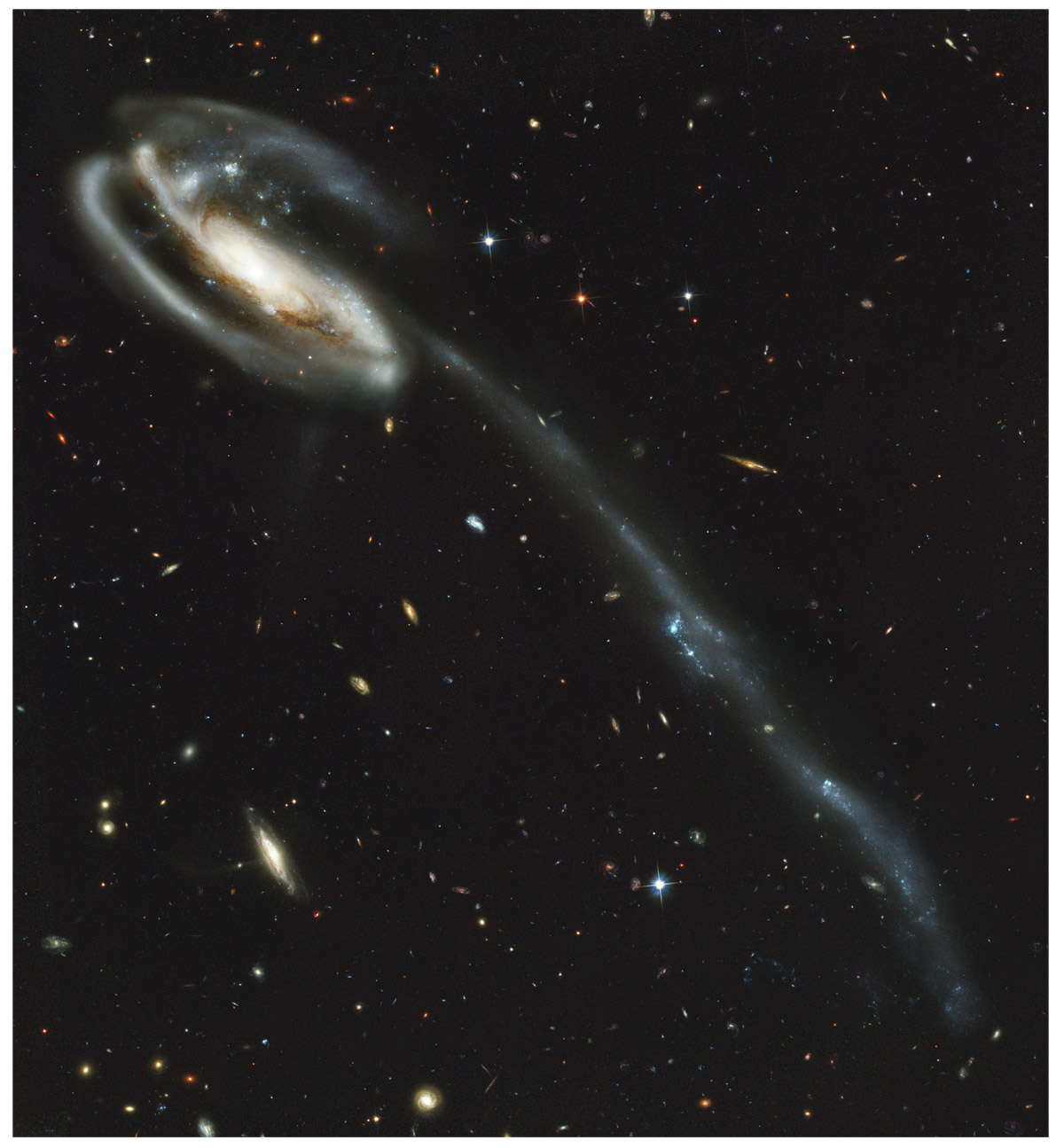
FIGURE 13.6. Tadpole galaxy from the Hubble Space Telescope. This is actually two galaxies that have merged, and are in the process throwing out a long tail. Many faint and much more distant galaxies are also visible in this image.
Photo credit: ACS Science and Engineering Team, NASA
Very long exposures with the Hubble Space Telescope have shown thousands of faint, distant galaxies in a region of sky just a few arc-minutes across (see figure 7.7). So there are of order 100 billion galaxies in the observable universe. Each of these barely resolved dots of light is a full galaxy, as large as the Milky Way, containing more than 100 billion stars. With 1011 stars in each of 1011 galaxies, we infer that the observable universe contains something like 1022 stars, a mind-boggling number indeed. What do we mean by “the observable universe?” How did all these galaxies form? To answer questions like these, we need to understand how the universe itself evolves, a subject to which we now turn.